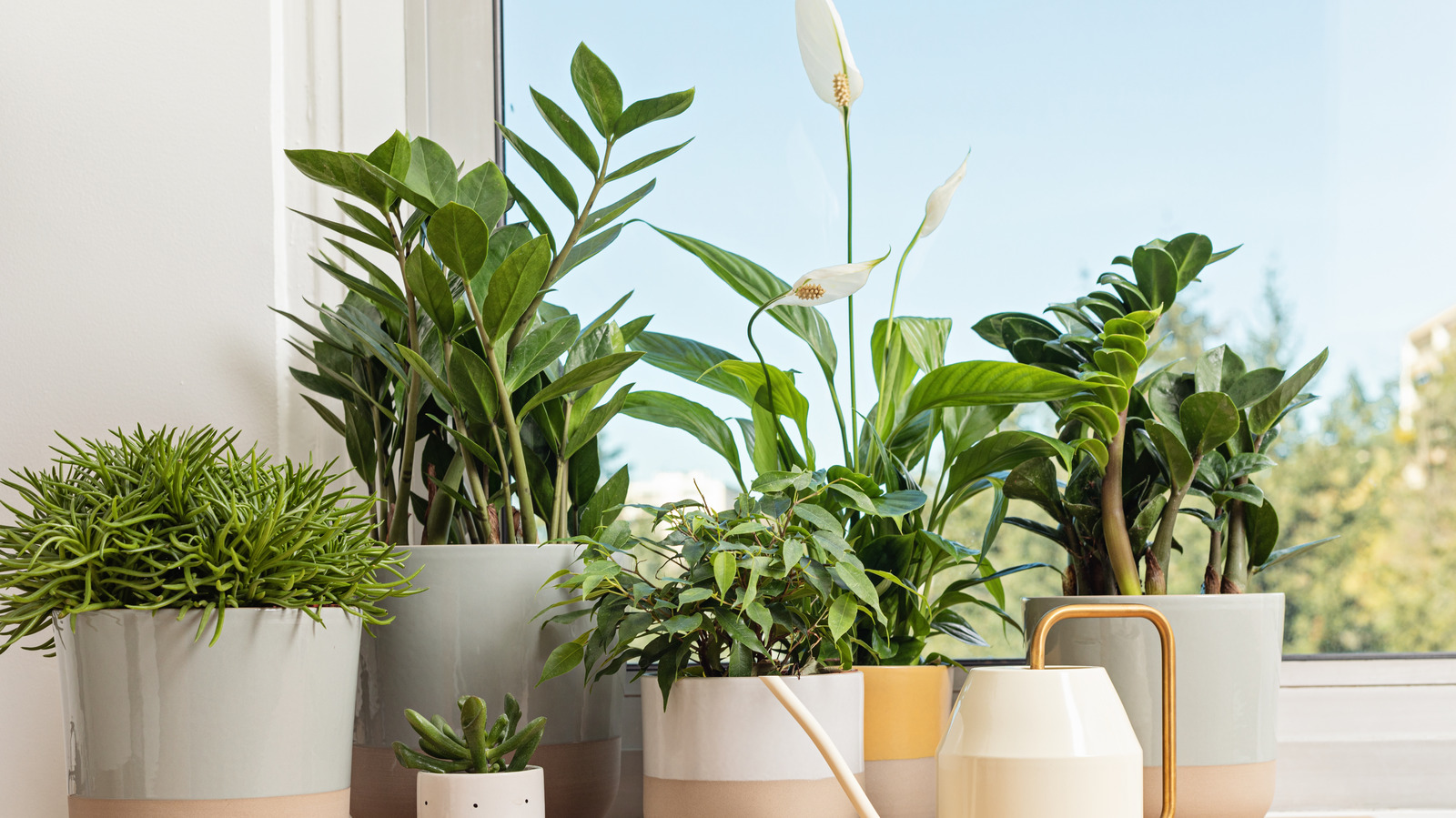Plants for east facing – Plants for east-facing gardens require specific considerations to thrive in the unique lighting conditions. This guide will explore suitable plant species, design tips, and maintenance requirements for creating a vibrant and thriving garden in an east-facing space.
East-facing gardens receive ample morning sunlight but transition to shade in the afternoon. This variation in light exposure necessitates selecting plants that can tolerate both sun and shade, ensuring a continuous display of color and texture throughout the day.
Plants for East-Facing Locations: Plants For East Facing

East-facing locations receive morning sunlight, which is typically gentler and less intense than afternoon sunlight. This makes them ideal for plants that prefer partial shade or morning sun. However, it’s important to consider the specific sunlight exposure and shade tolerance of individual plant species when selecting plants for east-facing areas.
Planting a variety of plant types in east-facing locations offers several advantages. For instance, incorporating flowering plants can attract pollinators and add visual interest, while foliage plants can provide texture and contrast. Additionally, some plants can serve as natural insect repellents or attract beneficial insects that help control pests.
Suitable Plant Species for East-Facing Locations
Numerous plant species thrive in east-facing locations, including:
- Astilbe: These shade-loving perennials produce feathery plumes of flowers in various colors, including pink, red, and white.
- Hosta: Hostas are known for their large, variegated leaves that add texture and interest to shady areas.
- Japanese Anemone: These late-blooming perennials produce daisy-like flowers in shades of pink, white, or purple.
- Bleeding Heart: This shade-tolerant perennial features heart-shaped flowers that bloom in spring.
- Tiarella: Tiarella is a low-growing groundcover that produces spikes of white or pink flowers in spring.
- Coral Bells: Coral bells offer colorful foliage in various shades, including purple, green, and red.
- Ferns: Ferns add a lush, tropical touch to shady areas and come in various shapes and sizes.
- Impatiens: Impatiens are known for their vibrant, non-stop blooming in partial shade.
- Begonias: Begonias offer colorful foliage and flowers and thrive in partial shade.
- Coleus: Coleus is a popular foliage plant with colorful leaves in various patterns and hues.
Design Considerations for East-Facing Gardens
East-facing gardens are unique in that they receive the most sunlight in the morning, providing a perfect opportunity to create visually appealing spaces. When designing an east-facing garden, consider the following tips to enhance its aesthetics:
Color Palette
Choose light-colored flowers and foliage that will reflect the morning sunlight and brighten up the space. Consider shades of yellow, white, pink, and lavender. Avoid dark colors, as they absorb more sunlight and can make the garden appear gloomy.
Textures and Shapes
Incorporate a variety of textures and shapes to add interest and depth to the garden. Use plants with smooth, glossy leaves alongside those with textured or variegated foliage. Vary the heights and shapes of plants to create a dynamic and visually appealing landscape.
Hardscaping Elements
Incorporate hardscaping elements such as patios, walkways, and trellises to enhance the garden’s functionality and aesthetics. Choose materials that complement the color scheme and style of the garden. Consider using natural materials like stone, brick, or wood to create a warm and inviting atmosphere.
Maintenance and Care of East-Facing Gardens

East-facing gardens require specific care to ensure the health and longevity of their plants. Proper watering, fertilizing, and pruning techniques are essential, along with effective pest and disease management strategies.
Watering, Plants for east facing
Plants in east-facing locations receive direct sunlight during the morning hours, making it crucial to water them early in the day. This allows the soil to absorb moisture before the intense heat of the afternoon evaporates it. Water deeply and infrequently, allowing the soil to dry out slightly between watering. Avoid overwatering, as it can lead to root rot and other problems.
Fertilizing
East-facing gardens benefit from regular fertilization to replenish the nutrients lost through plant growth and environmental factors. Choose a balanced fertilizer and apply it according to the manufacturer’s instructions. Avoid over-fertilizing, as it can burn the roots of plants.
Pruning
Pruning helps to remove dead or diseased branches, encourage new growth, and improve air circulation within the garden. Prune plants in east-facing locations during the cooler months, such as late winter or early spring. Remove any damaged or crossing branches, and cut back overgrown plants to maintain their desired size and shape.
Pest and Disease Management
East-facing gardens are susceptible to certain pests and diseases due to their exposure to direct sunlight and moisture. Common pests include aphids, spider mites, and whiteflies. Diseases such as powdery mildew and leaf spot can also occur. To manage pests and diseases, use integrated pest management (IPM) techniques that prioritize cultural practices, such as proper watering and sanitation, over chemical controls. Regularly inspect plants for signs of infestation or disease, and take appropriate action if necessary.